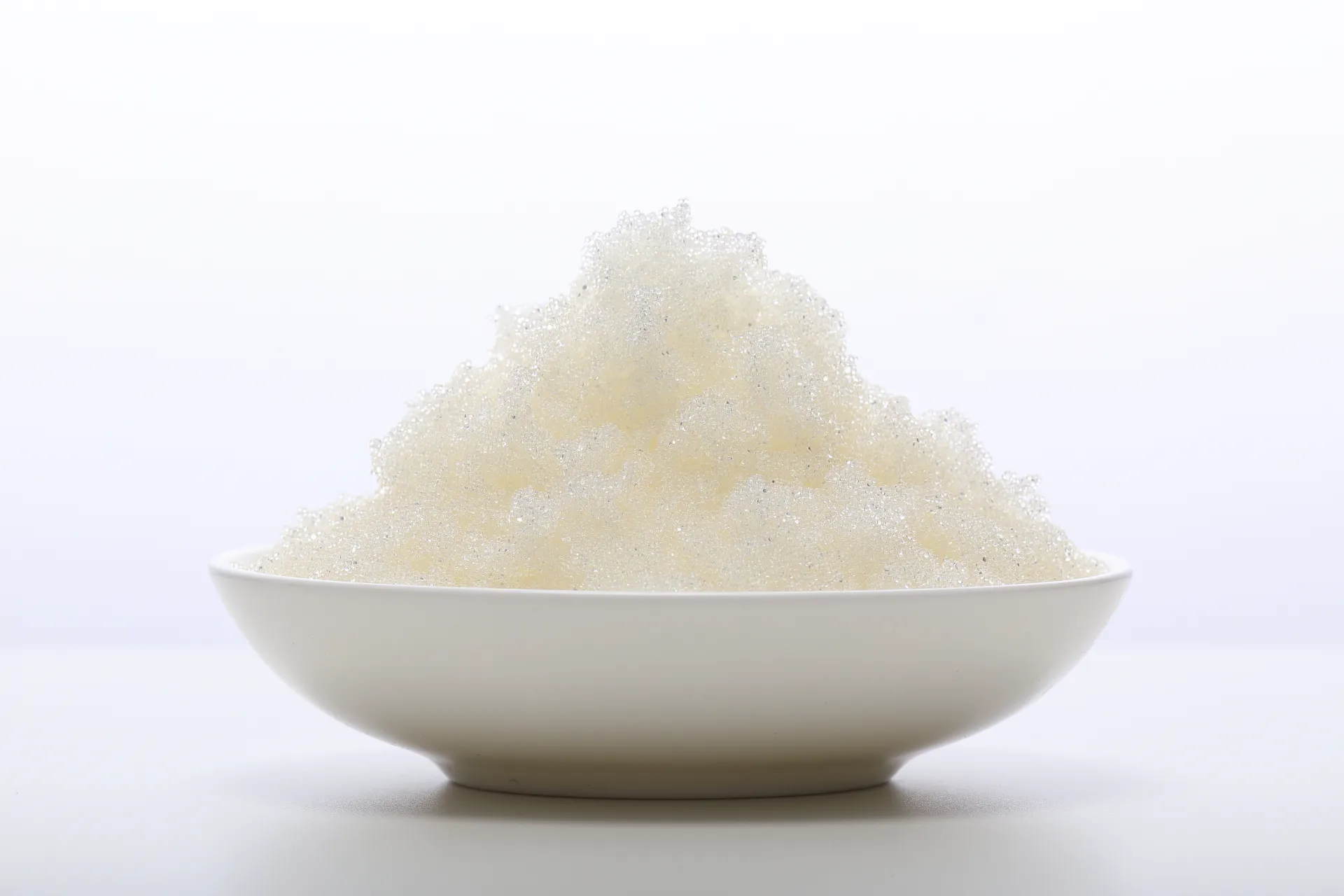Cheap Ion Exchange Resin for Real-World Water Treatment: What Matters (and What Doesn’t)
If you’re scanning the market for a Cheap Ion Exchange Resin, chances are you’re balancing performance with budget pressure. Same here—I’ve sat through enough plant audits to know that “cheap” only works if it delivers repeatable capacity and clean, predictable regeneration. The Strong Base Anion Exchange Resin 201X4 from Hebei, China (NO.2 East Jianshe Road, High-Tech Industrial Development South Zone Wei County, Xingtai) has popped up in conversations lately, and for good reasons.

What it is (in plain terms)
Model 201X4 is a polystyrene–divinylbenzene gel-type strong base anion resin (Type I), functionalized with quaternary ammonium groups −N(CH3)3+. It’s essentially a “solid alkali,” designed to pull out anions (Cl−, SO4^2−, NO3−, and notably silica as H4SiO4 in OH− form) with high mass transfer efficiency and good bead integrity. In fact, many customers say it behaves like the “classic” Type I workhorse—nothing flashy, just reliable.
Where it fits
- Demineralization trains (anion stage), mixed-bed polishing, and silica reduction for boiler feed.
- Condensate polishing in power plants (low silica, low conductivity targets).
- Sugar decolorization and organic scavenging in food processing (with prefiltration).
- General industrial water conditioning; pharma pretreatment (validate extractables).
Specs that usually decide the purchase

| Parameter | 201X4 (typical) |
|---|---|
| Matrix / Type | Polystyrene-DVB gel / Strong base anion, Type I |
| Functional group | −N(CH3)3+ |
| Total exchange capacity | ≈ 1.2 eq/L (Cl− form, real-world use may vary) |
| Moisture content | ≈ 45–52% |
| Bead size (D50) | 0.6–0.8 mm; UC ≤ 1.6 |
| Whole bead count | ≥ 90% |
| Operating temperature | Cl− form ≤ 60°C; OH− form ≤ 35°C |
| Regeneration | NaOH 4–8% w/w; 3–5 BV rinse |
| Service life | Around 2–5 years depending on fouling/oxidants |
| Test methods | ASTM D2187; in-house QC; optional NSF/61 compliance |
Process flow (how it’s made, briefly)
Styrene–DVB polymerization → bead classification → chloromethylation → quaternization with trimethylamine → conversion to Cl− or OH− form → washing, sieving, QA. Each batch is typically checked for capacity, moisture, whole bead count, and particle size distribution per ASTM D2187. To be honest, that QA lineup is what separates a bargain from a headache.
Vendor comparison (fast look)
| Vendor / Resin | Lead time | MOQ | Certs | Price (≈/L) |
|---|---|---|---|---|
| Lijiresin 201X4 (China) | 7–15 days | 1 m³ | ISO 9001; NSF/61 on request | Low–mid |
| Generic Import A | 20–30 days | 3 m³ | Basic QC only | Low |
| EU Supplier B | 10–20 days | 0.5 m³ | NSF/61, WRAS | Mid–high |
It seems that Cheap Ion Exchange Resin can be a smart buy when the supplier backs it with testing and steady bead quality. Price per liter is only part of the story; silica leakage and caustic usage often swing total cost.
Field notes, results, and customization
- Boiler house (mixed bed): Silica trimmed from 20–30 ppb to
- Sugar plant trial: Noticeable color body reduction; pressure drop stable after adding 5 μm prefilter. Regeneration every 18–24 hours.
- Customization: bead size bands, shipped in Cl− or OH− form, food-contact documentation on request.
- Customer feedback: “Good capacity, minimal fines,” one maintenance lead told me—though, however, they did note to keep oxidants in check.

Best practices (quick)
- Prechlorination? Careful—SBA resins dislike strong oxidants; dechlorinate upstream.
- Backwash to 50–70% bed expansion with clean water; classify occasionally.
- Audit per ASTM D2187; if for potable use, request NSF/ANSI/CAN 61 evidence.
- For ultra-low silica, run in OH− form at cooler temperatures and monitor leakage closely.
Bottom line: Cheap Ion Exchange Resin isn’t about cutting corners; it’s about buying proven chemistry with honest test data. The 201X4 checks the right boxes for most industrial lines, and—actually—that’s what keeps OPEX sane.
Authoritative citations
- ASTM D2187: Standard Test Methods for Physical and Chemical Properties of Particulate Ion-Exchange Resins.
- NSF/ANSI/CAN 61: Drinking Water System Components – Health Effects.
- ISO 9001:2015 Quality Management Systems – Requirements.
- IUPAC Gold Book: Ion-exchange definitions and terminology.
Hebei Lijiang Biotechnology Co., Ltd, is a new material manufacturer specializing in the production of high-performance special ion exchange resins.mixed bed resin suppliers It is a modern high-tech enterprise that integrates the research and development,production, sales, and service of resin materials and resin terminal products.ion exchange resin The company is committed to producing high-quality industrial grade, food grade,pharmaceutical grade, and nuclear grade resins.cation exchange resin It has passed ISO9001 management certification,SGS certification, and WQA international certification from the American Water Quality Association, and has obtained a national food hygiene license. Food grade resin products comply with FDA standards in the United States.super blog